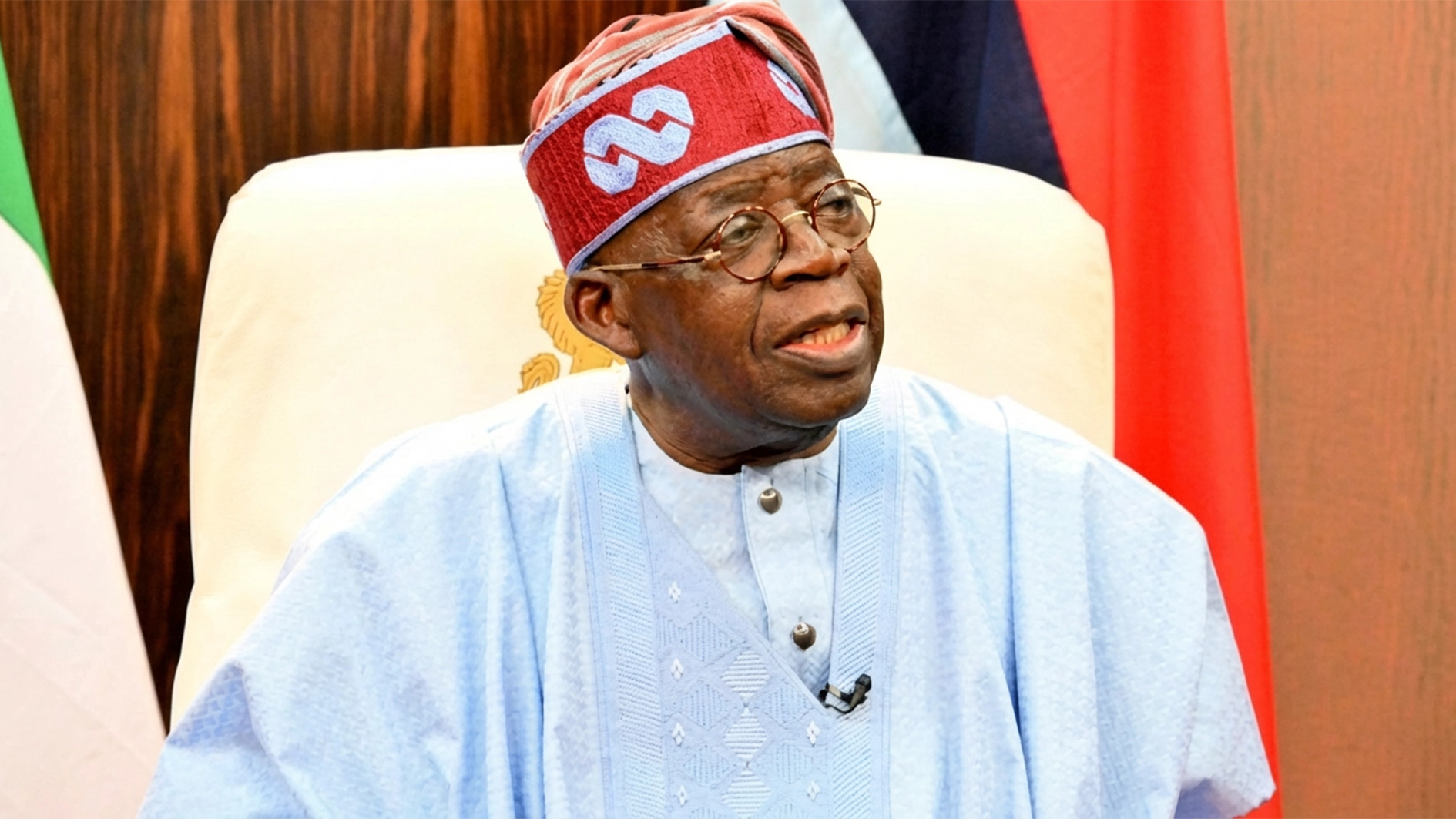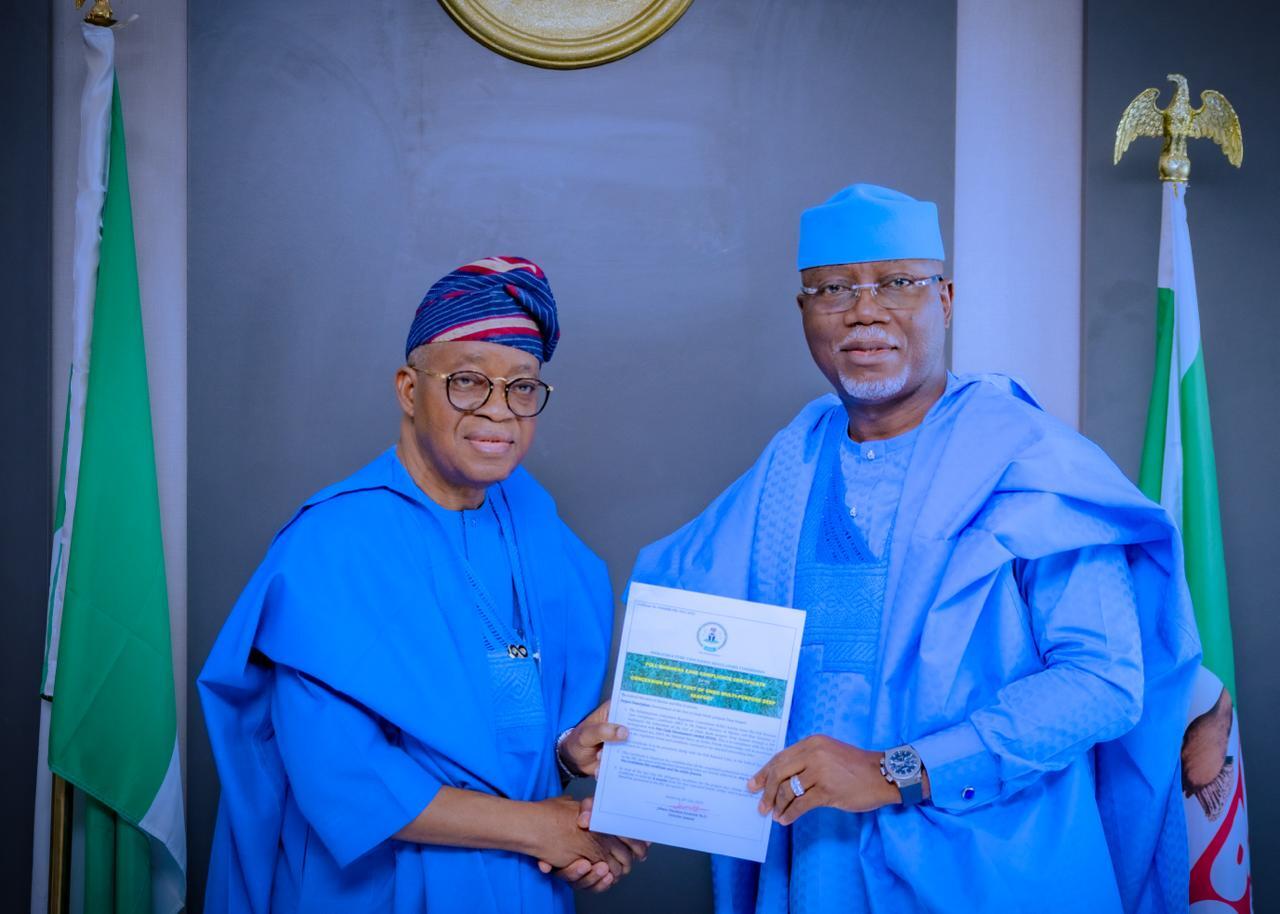
• 58 assemblers spent $756 million in five years of NAIDP
• Bureaucracy, corruption undermine implementation
• Don seeks stronger synergy to lift industry
No less than $89.6 million (about N136 billion) investment in the different value chains of Nigeria’s automobile industry may have been stuck, underpinning the inability of the government to leverage the local market to develop the sector.
The amount is 12 per cent of the total $756 million invested in the sector by 58 firms in the first five years of the Nigerian Automotive Industry Development Plan (NAIDP), which was effective from 2014 to 2024.
The value ($89.6 million) was invested by 20 different companies, which have been forced to suspend operations following market-related and policy issues.
This comes amid worries about the government’s silence on the expired NAIDP. Months into 2025, a framework with a timeline spread from 2024 to 2034 has yet to come into effect.
The National Automotive Design and Development Council (NADDC) is said to have approached the Ministry of Justice for the legal draft of the new policy, a process The Guardian could not confirm the status. The cumulative investment commitments of 58 automotive assemblers with clear local content commitment rose to $756 million or N1.15 trillion by the current market exchange rate midway into the implementation of the policy.
Most of the 58 companies had entered into concrete agreements with original equipment manufacturers (OEMs) in full compliance with the guidelines of the National Office for Technology Acquisition Promotion (NOTAP), but 20 of the companies closed operations before the end of the policy last year, according to findings by The Guardian.
In an industry report by Transtech Industrial Consulting Limited made available to The Guardian, the performance of the local industry is shaped by the manner in which the policy was managed.
“The traditional automotive components and part suppliers usually locate wherever the OEMs are once the requests for kits originating from Nigeria become sufficiently attractive. This is the phase that provides the most local value added and massive employment.
“Besides, the NAIDP faced some challenges, which are not limited to attendant bureaucracy and corruption constraining implementation especially concerning official documentation, insufficient foreign investors’ confidence in the absence of investment assurance legislation assured all OEMs on the launch of NAIDP, indiscriminate importation of used vehicles grey imports and smuggling,” the report said.
The inability of government support for credit purchase schemes, which should drive demand for new vehicles, extremely difficult and expensive logistics costs especially for assemblers located hinterland, limited access to official foreign exchange to fund knocked down (KD) inputs and flagrant abuse of procurement prescription by ministries, departments and agencies in the acquisition of automobiles have also been listed as challenges facing the industry.
The NAIDP was initiated as a road map to foster the growth of the automotive industry in Nigeria. Launched in 2014, the policy was to last for 10 years.
In response, 58 companies came on stream as automotive assemblers by verified technical partnership agreement with clear local content commitments as of 2019.Thirty-eight of the companies are still in operation. But some have scaled down their operations owing to operational and market challenges.
The Guardian reported that the law sought to provide, among others, a legal framework to guide investment in the automotive sector and provide incentives for investors, especially OEMs willing to set up plants in Nigeria.
It also sought to attract assembly plants to import completely knocked-down (CKD) vehicles at zero per cent duty and semi-knocked-down vehicles at five per cent duty, while importers pay a 70 per cent charge on new and previously owned vehicles.
The 58 indigenous assemblers licensed by the Federal Government under the 10-year NAIDP had an installed capacity of over 500,000 units of vehicles per annum. Today, only six are actively assembling vehicles but with extremely low capacities.
Compressed natural gas (CNG) and the electric car revolution have helped to push up the yearly production capacity to 450,000 units – only 50,000 short of the targets but still far less than the local need.
Many of the technicians employed by the assembler have been either converted to after-sale personnel or thrown back into the labour market. Deputy Managing Director of CFAO Motors, Kunle Jaiyesimi, attributed the investment gap in the automotive sector to policy inconsistency. He said his company, CFAO, is not isolated from the catalogue of woes that the local automotive industry is passing through, despite all the efforts made to build the sector to an enviable position.
To keep the employees, he disclosed that CFAO had since converted their workers in assembly plants to after-sale staff. But in 2020, Luqman Mamudu of Transtech Industrial Consulting Limited said the NAIDP suffered significant setbacks following the fiscal measures of the 2020 Finance Act, which reversed most of the concessions and tariff protection.
A professor at the School of Transport and Logistics, Lagos State University (LASU), Samuel Odewumi, said the policy is a barber chair syndrome, ‘motions without movement’. He noted that policy summersaults and half-hearted implementation are the hallmarks of the automotive policy.
“The fact eludes us that we need long-term strategic vision and consistency to reap the dividend of our policy choice,” he said.
An automotive consultant and university lecturer, Dr Oscar Odiboh, said the COVID-19 pandemic contributed to the delays, just like the recession, which means that funds were not available and that whatever was available was being rationed. For an industry that requires heavy injection of funds, being pushed to the backburner is a major problem.
Odiboh said, “We need the government, both the legislature and the executive, to agree on the needs of the industry. I am not saying they are disagreeing, but they are not looking the way they are expected to look. There is no gainsaying that the industry is an industry that can raise the bar of our industrial development, but the government is not looking at that.
“We have seen over the years that this hasn’t been done. We expect the government to create an enabling environment for the automotive industry to thrive, thereby leading to technological advancement, smoother and friendlier transportation systems, the genuine establishment of auto assemblers, and the creation of employment opportunities.
“We have asked for special waivers for importers of materials, for semi-knocked-down parts to put together and also the completed knocked-down part. We need some import rebates for the prices of cars to come down.
“This is because if the cost of importation is high, the cost of production would likewise increase the cost of cars. In this case, people would still go back to the Tokunbo cars we are putting on our roads,” he said.






